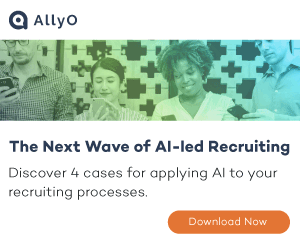10 Best Staffing Agency Software for Recruitment Firms in 2024
HR Lineup
SEPTEMBER 22, 2024
The recruitment landscape has dramatically evolved in recent years, driven by technological advancements, changing workforce demands, and the rise of remote work. Staffing agencies now rely on sophisticated software solutions to streamline their operations, find top talent, and stay ahead of competitors.























































Let's personalize your content